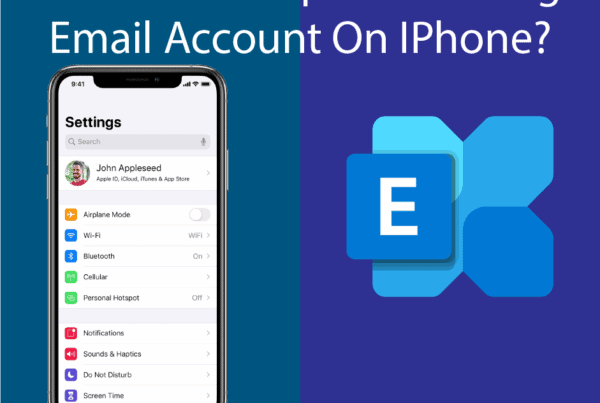Spam emails aren’t just annoying—they can be dangerous. Many spam messages carry phishing links, malware, or fraudulent requests designed to trick you or your employees. Without proper filtering, your inbox can quickly become cluttered and vulnerable to cyber threats.
The good news? Email filters can help automatically block spam and keep your inbox safer and more organized.
In this blog, we’ll explain how email filters work, why they matter, and how you can set them up to protect yourself and your business.
Why Blocking Spam Matters
Spam emails are more than just a nuisance. They:
Waste time by flooding your inbox with irrelevant content.
Carry security risks like phishing schemes, malware, and scams.
Increase the chance of human error, such as clicking on malicious links.
Make it harder to spot legitimate emails from clients, coworkers, or vendors.
Setting up email filters helps you keep control of your inbox and reduce the chance of falling victim to these risks.
What Are Email Filters?
Email filters automatically sort incoming messages based on specific criteria like:
Sender’s address
Keywords in the subject or body
Attachments
Spam score
Filters can:
Send unwanted emails directly to your spam folder.
Automatically delete certain messages.
Sort emails into folders based on priority.
How to Set Up Email Filters to Block Spam
1. Use Built-In Spam Filters
Most email providers (like Gmail, Outlook, or Microsoft 365) have spam filters enabled by default. Make sure this feature is turned on and that you regularly check your spam folder to mark false positives.
2. Create Custom Filters
You can create your own rules to catch specific types of spam.
Example in Gmail:
Go to Settings > See All Settings > Filters and Blocked Addresses.
Click Create a New Filter.
Enter specific keywords, email addresses, or domains you want to block.
Choose what to do with these emails (send to spam, delete, archive, etc.).
Example in Outlook:
Go to Settings > View All Outlook Settings > Mail > Rules.
Click Add New Rule.
Set conditions based on sender, subject line, or keywords.
Select an action like moving the message to junk or deleting it.
3. Block Specific Email Addresses or Domains
If you consistently receive spam from the same source, you can block the sender or entire domain to prevent future messages from reaching your inbox.
4. Use Advanced Spam Protection Tools
For business email accounts, you may benefit from additional spam filtering tools such as:
Microsoft Defender for Office 365
Barracuda Email Security
Proofpoint
SpamTitan
These solutions offer more advanced filtering, protection against phishing, and automatic quarantine for suspicious messages.
5. Mark Spam Correctly
When you receive a spam message, always mark it as spam or junk rather than just deleting it. This helps train your email provider’s filters to better recognize unwanted messages in the future.
Bonus Tips to Minimize Spam
Don’t post your email address publicly online.
Avoid clicking unsubscribe links in suspicious emails (it can confirm your email is active).
Use a separate email address for signing up for newsletters or online accounts.
Regularly update your passwords and enable multi-factor authentication to prevent your account from being targeted.
Final Thoughts
Spam emails will always exist, but you can control how much reaches your inbox with the right email filters and habits. By setting up proper filtering rules and using security tools, you can protect yourself, your team, and your business from unnecessary distractions and potential threats.
A clean inbox isn’t just about convenience—it’s a simple but powerful way to reduce cyber risk.





